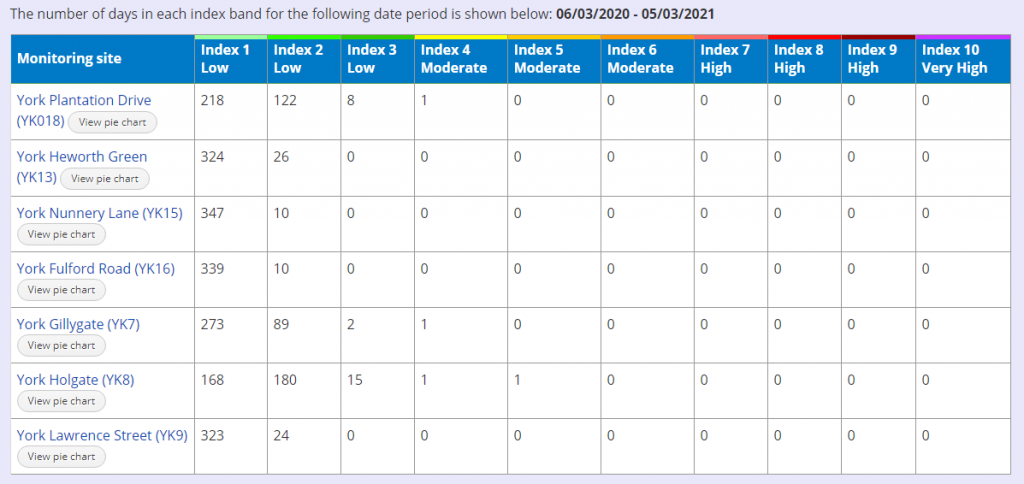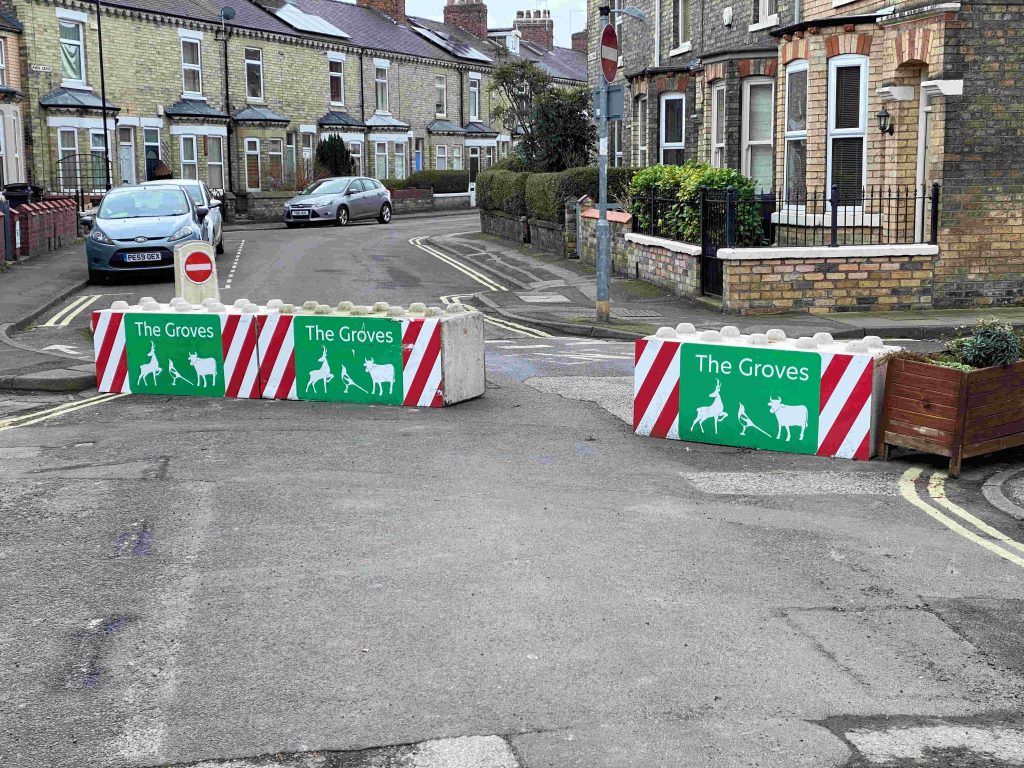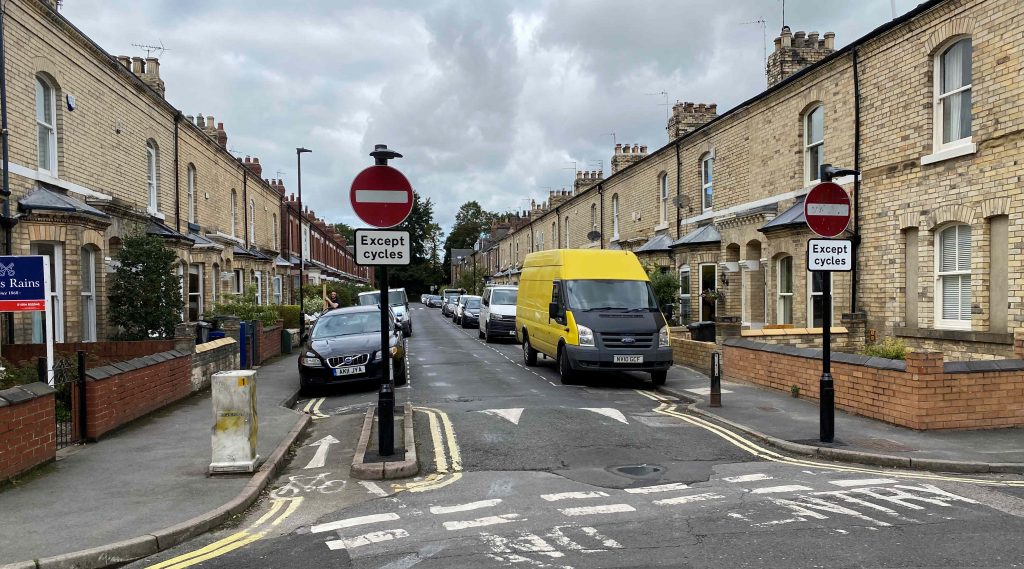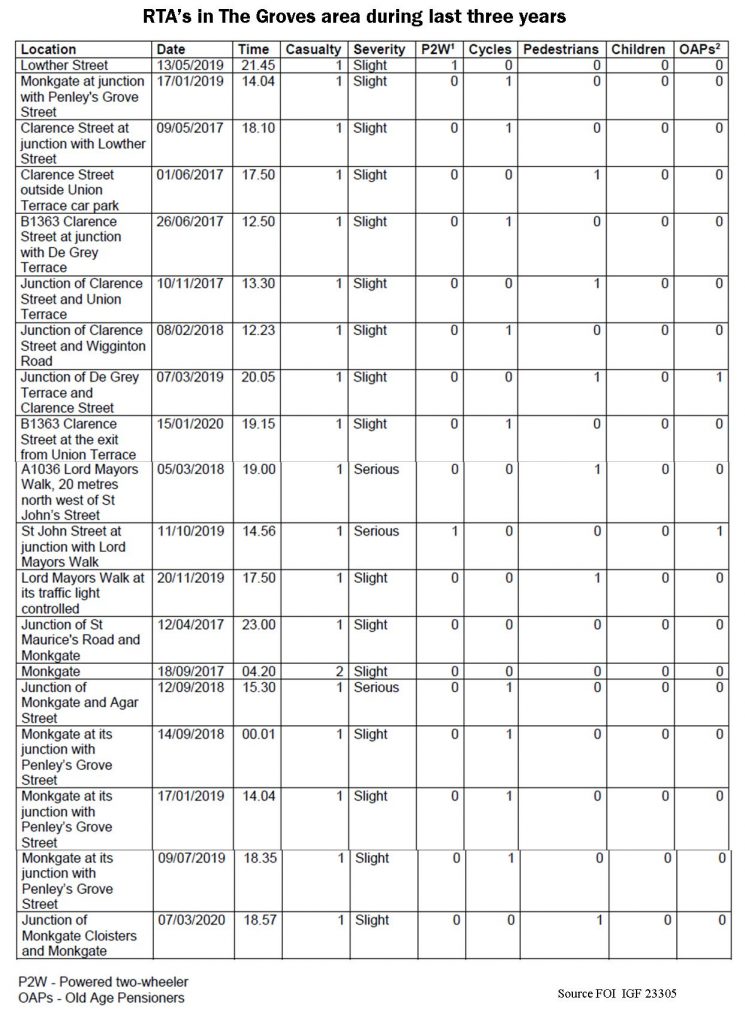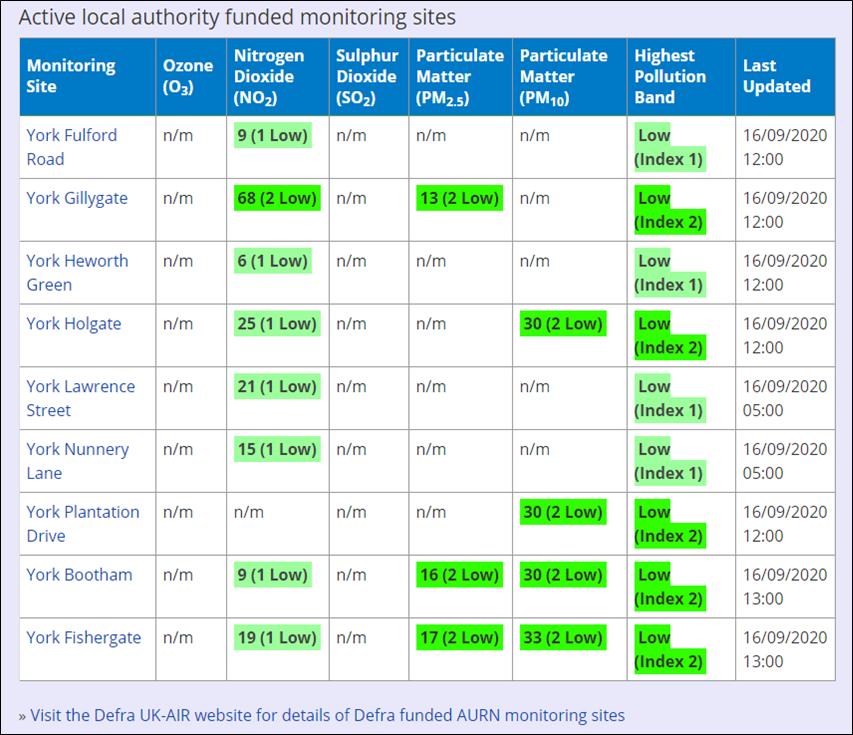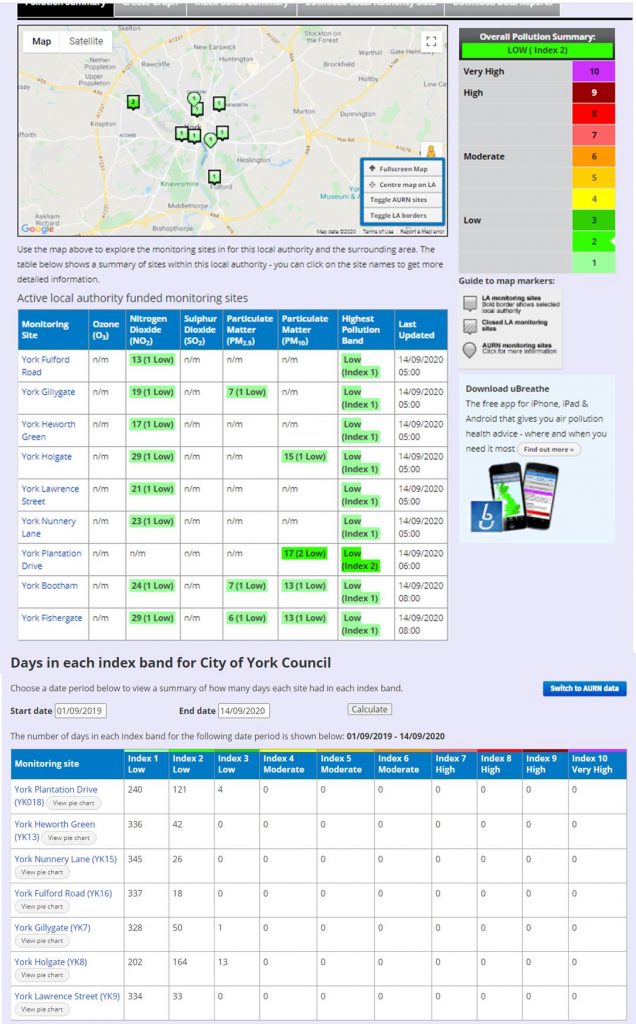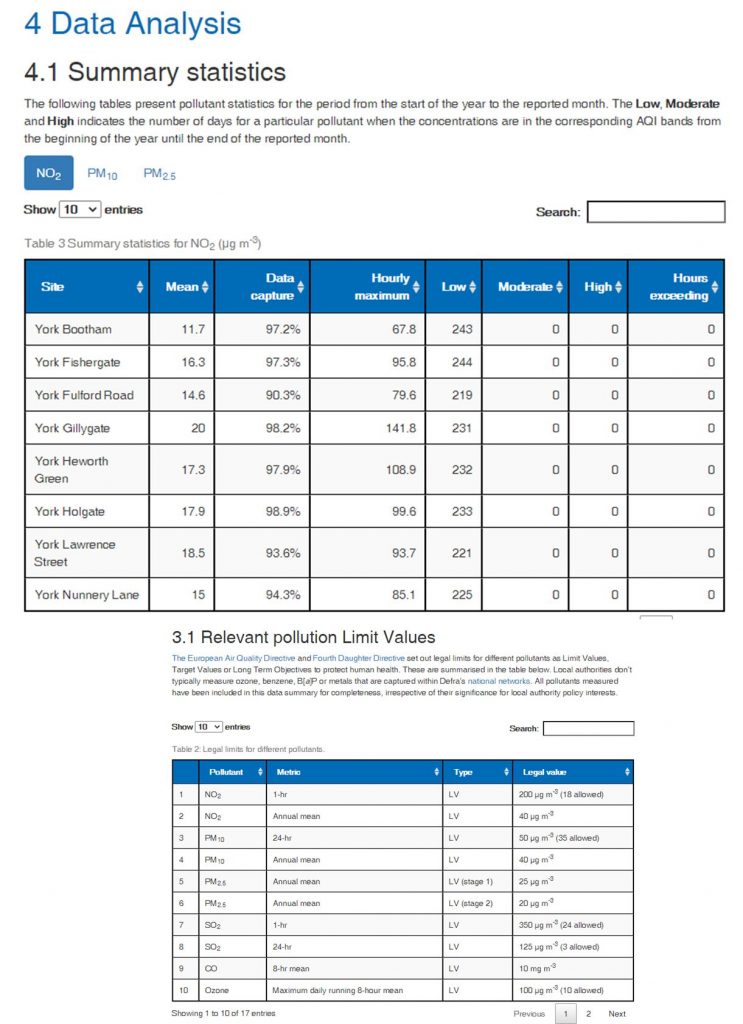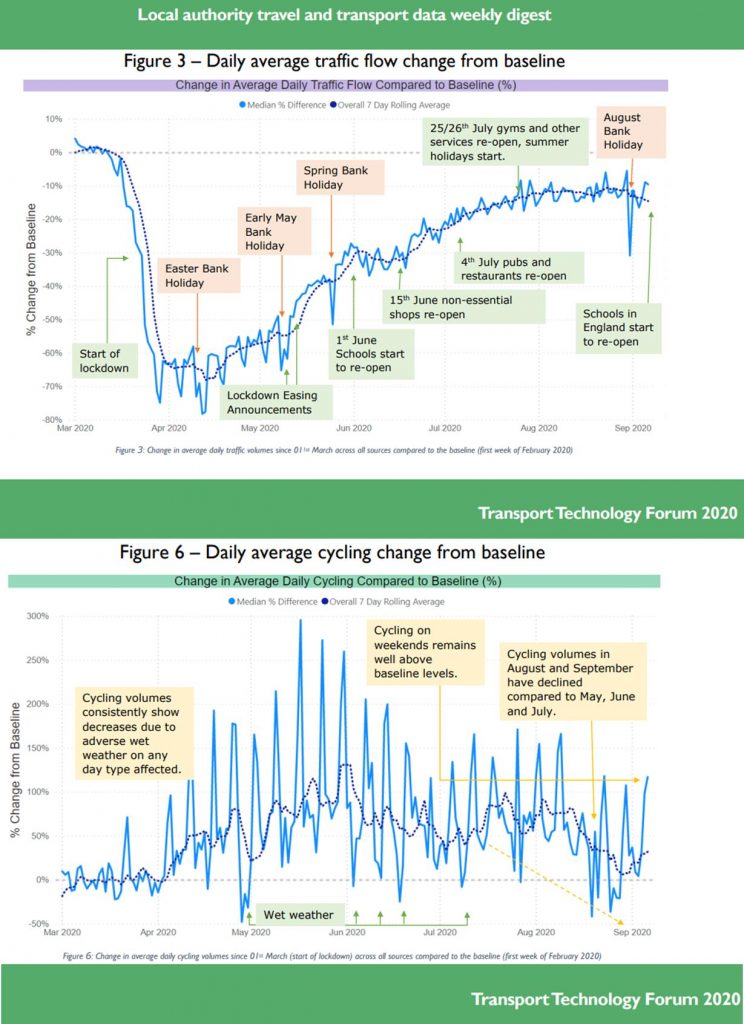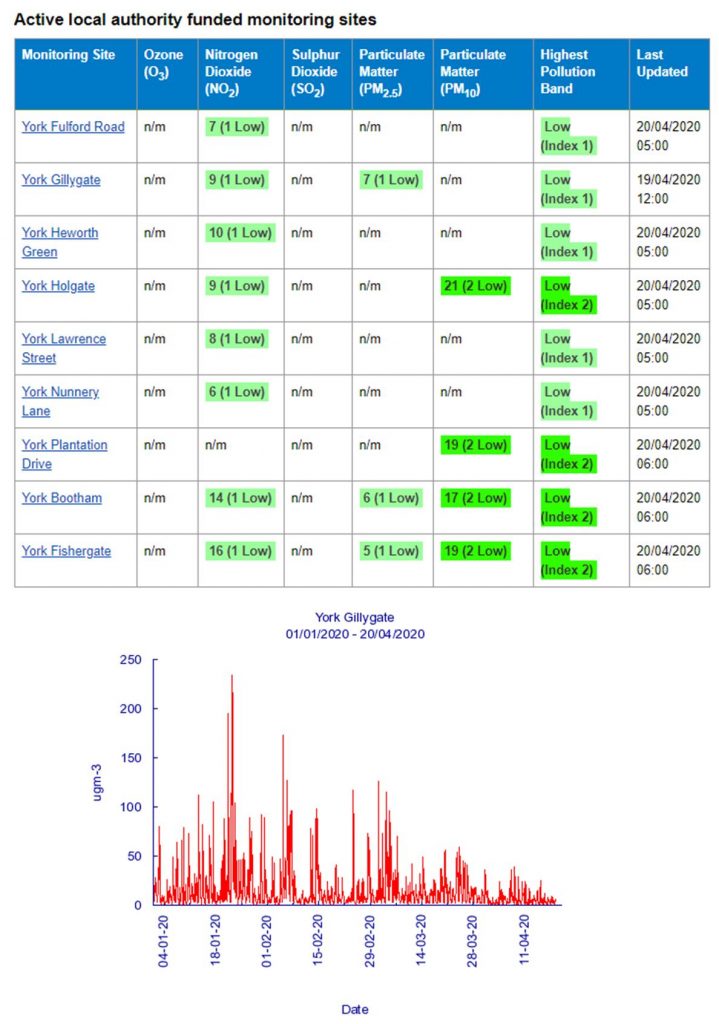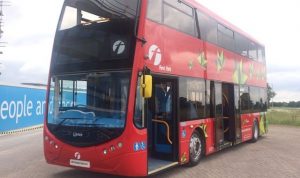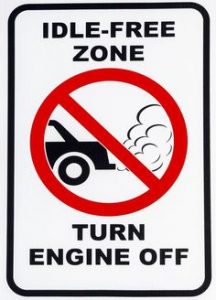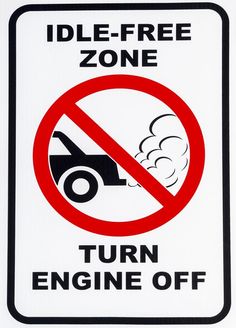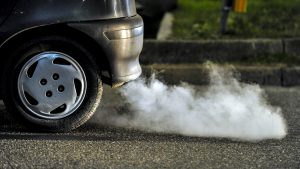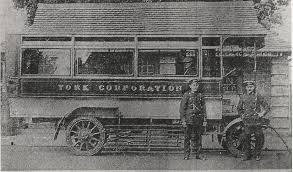More Coronavirus cases and deaths in York
FIVE more patients with coronavirus have died at hospitals run by York Teaching Hospital NHS Foundation Trust, taking the total number of such fatalities to 96. Two of the further five deaths were at York Hospital, taking the total number of deaths there to 58.
Latest figures from Public Health England show there were 224 confirmed cases in the City of York Council area today (April 24), compared with 209 yesterday.
Sainsbury’s open longer.
Sainsbury’s supermarkets will be open from 8am -10pm and many convenience stores will open until 10pm or 11pm.
For elderly and vulnerable customers, the stores still offer dedicated shopping hours between 8am and 9am every Monday, Wednesday and Friday.
NHS and social care workers can shop in our supermarkets from 7.30am to 8:00am Monday to Saturday before they open.
This afternoon there was only ONE person waiting in the queue outside Sainsbury’s local store on Beckfield Lane
Micro business grants
Launched 3 weeks ago, the £1 million York Council micro business grant scheme continues to have a low profile in the City. Although the Council has boasted of its success in administering quickly central government business grants, it has been less forthcoming about the success of its own grant systems.
The scheme had been targeted at “providing £1 million in support to help York’s small and micro businesses” who were set to miss out on government support. The micro business grants scheme would deliver grants of up to £1000 to 1000 self-employed, micro and small businesses who need it most.
No progress report on the scheme has been published.
There is a similar lack of performance information on financial assistance schemes for individual residents.
Supply chain and staffing concerns at York Council
An internal memo from the Council has said “At this point (public) services are well placed and working as well as could be expected. The main risks as we move towards the peak will be staffing availability and increasingly the closing down of the supply chain”. The nature of the supply chain jeopardy has not been spelled out.
The Council also goes on to say, “ The economic impact will be significant and there is likely to be a new normal appearing across the economy as people have embraced new technologies and homeworking over the last few weeks. Planning to ensure the council deals effectively with anticipated surges in demand on services as things return to normal is expected to start when we have greater clarity over the likely extension of the current lockdown”.
The Council has refused to release a copy of its “business continuity plan” (BCP) to a prominent local Councillor. The decision has fuelled concerns that the authority may not have been as well prepared for a civil emergency as had been previously expected.
Other Councils have published their BCPs “on line”
Scam Emails
The police are reporting a substantial increase in the number of scam emails.
One apparently saw a bogus message from the Lord Mayor generated although the circulation was limited. It followed a similar attack on another Councillor a few weeks ago.
An internal warning note from the Council said, “the nature of the attack was social engineering i.e. the user hoped to illicit a response by targeting colleagues of the user being impersonated. It was also fairly unsophisticated in that it did not include any malicious links and the senders real e-mail address was not particularly well concealed”.
Separately North Yorkshire Police are reporting,
“A total of 9,473 phishing emails linked to sextortion have been made to the NFIB phishing inbox between 31/03/2020 – 19/04/2020. There has also been just over 200 reports made to Action Fraud in the last week.
Sextortion scams are a type of phishing attack whereby people are coerced to pay a BitCoin ransom because they have been threatened with sharing video of themselves visiting adult websites. These scams are made to appear all the more credible because they provide seemingly plausible technical details about how this was achieved, and the phish can sometimes also include a password used by the recipient.
The current campaign threatens that if the victim does not provide a payment within a specific timeframe (payments usually ranging from $1,000 to $4,000), which is requested into a bitcoin wallet, then a compromising video will be shared to all their contacts and social media channels.
What you need to do
- Do not reply or click on any of the links in the email. You can report the email to Action Fraud at actionfraud.police.uk/report-phishing.
- Don’t be tempted to make the Bitcoin payment. Doing so may encourage more scams as the fraudster will know they have a ‘willing customer’.
- If you have made the Bitcoin payment, you should report it to your local police force by calling 101.
- If the email includes a password you still use then change it immediately.
For more information, visit: actionfraud.police.uk/sextortion
Ramadan
As Ramadan starts new advice has been offered to those celebrating Ramadan. Whilst asking people to stay at home this Ramadan it offers advice for during Ramadan. A blog has been published as Ramadan starts today, with more information to follow. The blog includes information and advice and messages of support from Muslim leaders
“On Line” Council meetings from 7th May.
City of York Council will host the next Executive meeting online on 7 May 2020 (The agenda will be published on 29 April).
Council staff have been working to enable and support new virtual meetings, so local residents and organisations can engage with Council business during the outbreak of coronavirus. This work includes supporting the requirement to host safe and secure, virtual meetings online.
Members of the public who want to speak at meetings will be encouraged to contact the Council’s Democratic Services Team, as usual, and register to speak. Those who register to speak will then be provided further details on how they can dial into the public meeting and contribute.
There is still no news about the Councils plan for its annual meeting which was due to be held at the end of May. It is almost certain that this will have to be held “on line” with any ceremonial delayed until later in the year.
Air Quality
We revealed the least surprising news of the year a few days ago when it became clear that the absence of high polluting commercial vehicles and coaches for York City Centre during the current lockdown had resulted in improve air quality. The Council has now confirmed this and listed the effects on individual streets.
The analysis shows improvements in air quality (nitrogen dioxide concentrations) compared to ‘business as usual’ figures for specific areas of York where the council undertakes regular air quality monitoring, including:
- Fishergate: a reduction of 43 per cent
- Fulford Road: a reduction of 28 per cent
- Gillygate: a reduction of 29 per cent
- Heworth Green: a reduction of 27 per cent
- Holgate Road: a reduction of 32 per cent
- Nunnery Lane: a reduction of 38 per cent
- Lawrence Street: a reduction of 29 per cent
- Bootham: a reduction of 16 per cent
Average nitrogen dioxide reduction across all York sites is 30 per cent.
